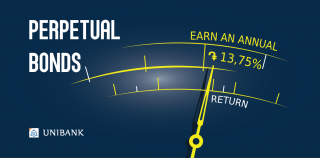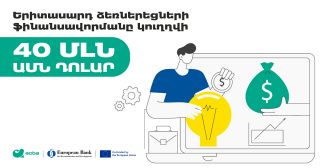
Frightful Poverty Index

In November 2015 RA National Statistical Service (NSS) released its report on “Social snapshot and poverty in Armenia 2015”, covering poverty level indices for 2014.
According to NSS, poverty index for 2014 comprised 30% in Armenia. As compared to 2013, poverty index reduced by 2 percentage points. People, whose consumption was lower than general upper line per capita, were assessed as needy (in 2014 it comprised AMD 40 264 per month). Very needy people comprise 10.9% (whose monthly consumption per capita is lower than the lower poverty line—AMD 33 101). For the calculation of poverty line, RA official statistics, naturally, takes monthly cost of consumer basket as a basis. And in international statistics, generally, to count poverty index, daily average consumption in dollars is taken as a ground. It’s applied to compare indices of different countries.
According to RA NSS, to assess Armenia’s poverty index for 2014, daily AMD 1330 has been taken as a basis. In dollars it’ll comprise USD 3.2 per day (in 2014 average exchange rate for US dollar comprised AMD 415.92), i.e. inhabitants, whose daily consumption was lower than USD 3.2, were considered needy.
However, besides NSS, likewise indices are published by international institutions as well, for instance, the World Bank (WB). Naturally, based on their own methodology and personal clarifications. And poverty index released by the World Bank, is really dreadful. Thus, the WB introduces poverty level by 2 separate criteria: one of them, from the perspective of USD 2.5 daily consumption, and the next one, from the perspective of USD 5 daily consumption.

From USD 2.5 perspective, poverty level in Armenia comprised 26% in 2014, and from USD 5—76%. Of course, you may say, it’s not fair. And to get a bigger figure for poverty, daily USD 10 may be observed, and we’ll have, for instance, poverty exceeding 90%. However, USD 5 daily consumption has its ground. It’s a widely spread and accepted assessment criterion. For instance, in Georgia, from USD 5 standpoint, it comprised 69% in 2014, and that of USD 2.5—32%.
Assessments for USD 10 daily consumption are available as well. Pursuant the WB, number of Armenians consuming USD 10 and more daily comprises 3.22% of the population. Surely, the one, consuming USD 10 daily (or USD 300 per month) will hardly be considered as needy. However, regarding him/her as non-needy, is even more difficult. Daily USD 10 consumer may be regarded as representative of middle class. Accordingly, turns out, that Armenia’s middle class is within 3%, which is quite a bothering index.
Returning to USD 5 daily consumption, note, regarding Armenia, within that limit means AMD 72 thousand monthly (as per today’s exchange rate). If you consider, that a person “fitting in” AMD 72 thousand isn’t a needy, but belongs to the middle class, then the WB figures, surely, won’t be convincing.
If, however, in any case, you trust the WB, you may look through the report, where other curious data may be found as well. For instance, about 40% of gross consumption belongs to the best-off (20%), and 20% to the most needy—about 8%.
It’s also enshrined in the report that 28% of income source for Armenia’s household are pensions, and 47%—hired work. GDP per capita (calculated by purchasing power parity), according to the WB, comprised USD 8070 in 2014, and gross national income per capita—USD 4020. This appendix “at a glance” by WB released on April 7 is a part of the extensive report.
The report, touching upon economies of Eastern Europe and Central Asia, also mentions, that real GDP growth rate will comprise 1.9% in 2016. In the forthcoming years it’ll progress: 2.8% in 2017, and 2.8% in 2018.
By Babken Tunyan























